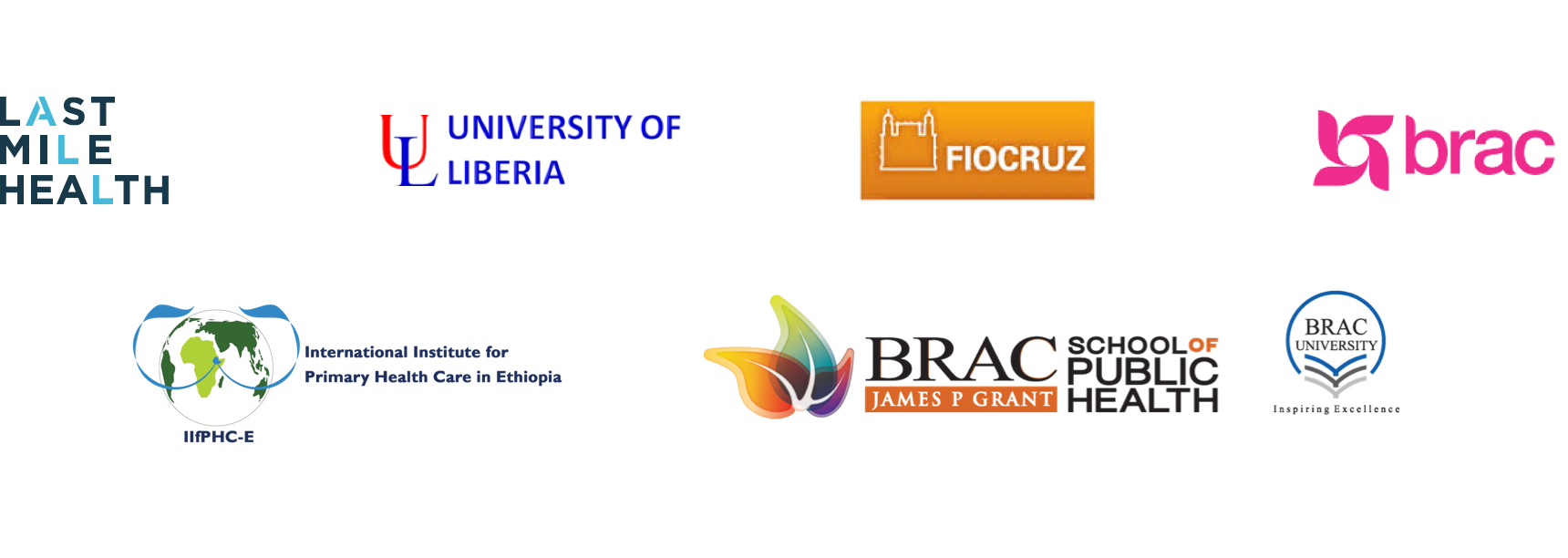Community Health Workers

It is estimated that at least half of the world’s population does not receive the full package of essential health services it needs. In most cases, a combination of economic barriers, geographic barriers, and a shortage of health care workers prevent people from accessing care. Community health workers can help fill this gap.
QUICK FACTS ON COMMUNITY HEALTH WORKERS
Community health worker (CHW) programs can be a powerful tool for improving primary health care by…

extending the reach of primary health care systems, by working in marginalized communities

addressing constraints in access to health care, by ensuring patients receive simple curative care and evidence-based interventions in their own communities

boosting health-seeking behavior and promoting demand for care, including simple cost-effective preventive care
Quick Downloads
CHWs 101
Our Partners

Learn More

Ask an Expert
Our team and partners are available to answer questions that clarify our research, insights, methodology, and conclusions.
